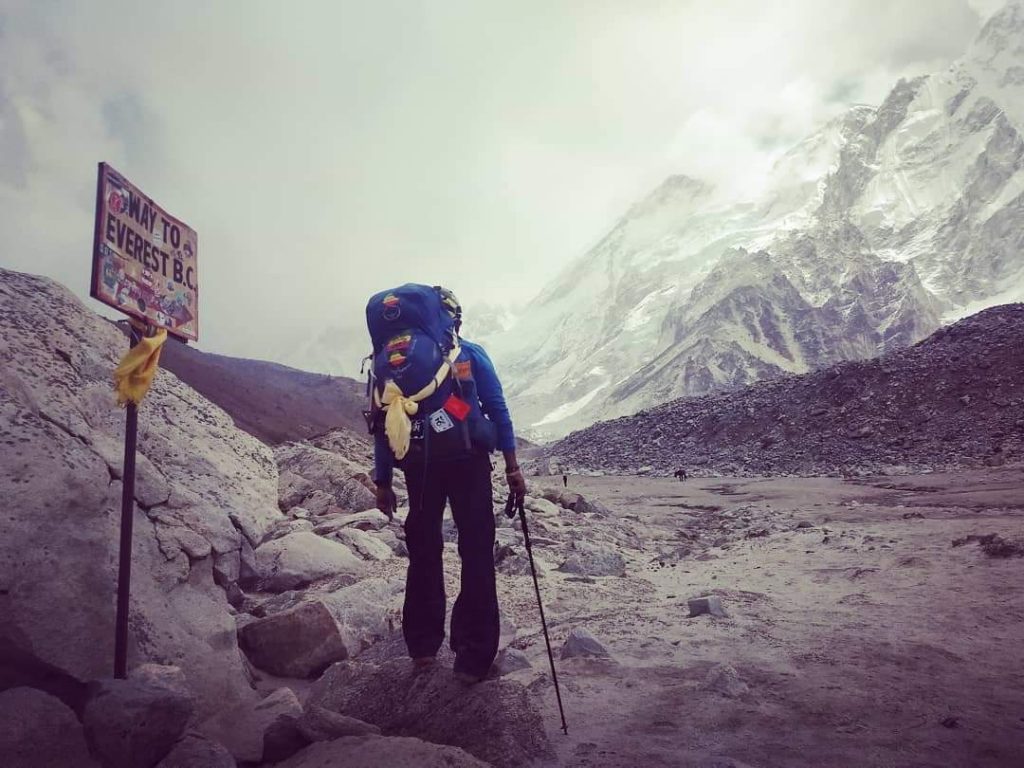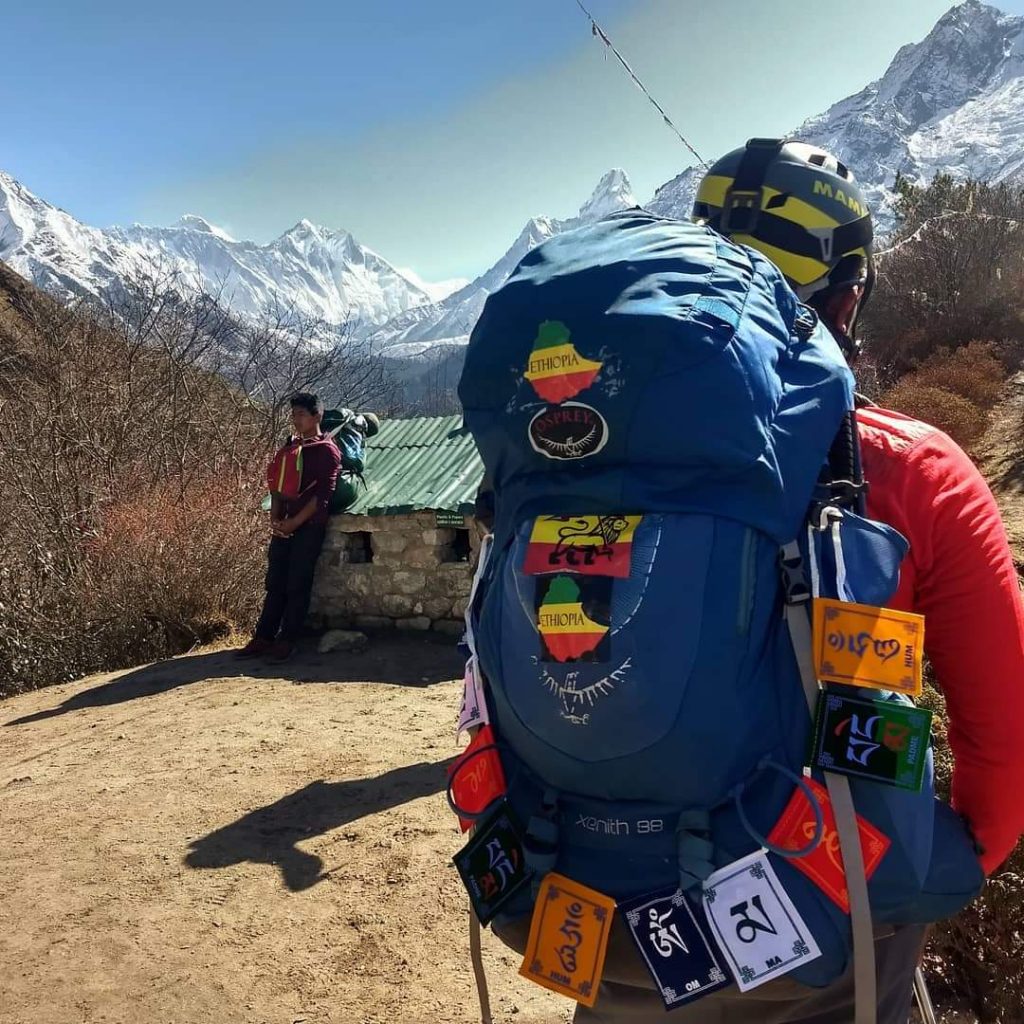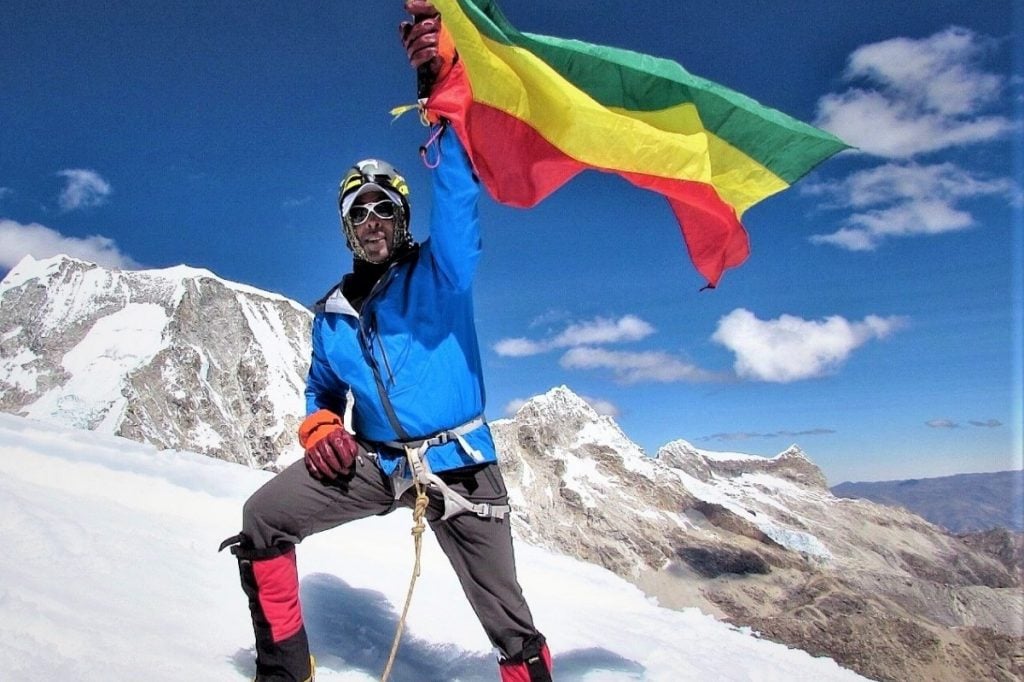
Saturday afternoon, nearly 90 Girl Scouts learned what it means to be an engineer. It came through trying and failing. Then trying again and failing. Then eventually, trying and succeeding. “Seeing that look on their face when they finally get something to work, that’s the most rewarding part of it — to see them say, ‘Yes, I did this. I can do it even though it was hard to do,’” said Zoe Wahr, outreach director for Michigan Tech’s Society of Women Engineers (SWE) chapter, which organized the event. Read more about the event in the Daily Mining Gazette.
The Girl Scouts, from kindergartners through 10th grade, arrived at Michigan Tech from across the Upper Peninsula and Wisconsin. The event, called “Think like an engineer” encouraged attendees to think about careers in science, engineering, technology and math. Read more at TV6 Upper Michigan Source.
The scouts first enjoyed brunch at Michigan Tech’s Wadsworth Residence Hall before breaking out into activity groups by age. Kindergarten (Daisies); 2-3 grade (Brownies); 4-5 grade (Juniors); and 6-10 grade (Cadettes and Seniors). The younger groups made paper circuits, “squishy” circuits made out of dough, and mini wiggling “bots.” Older students visited Blue Marble Security Enterprise headquarters in the EERC building, where they learned to solder holiday-themed LED circuit boards.
At the end of the activities, all of the students gathered for a Q&A panel of SWE members. The scouts also developed a”Take-Action Plan” based on all they learned in their workshops.
“We’re excited to be a partner and to share the fields of electrical and computer engineering with these bright young people,” said Liz Fujita, ECE academic advisor and outreach specialist, who helped coordinate the event.
“The vast majority were from out of the area – only 14 girls are from Houghton County,” said SWE faculty advisor Gretchen Hein, a senior lecturer in the Department of Engineering Fundamentals. “The furthest away is Green Bay, Wisconsin.”










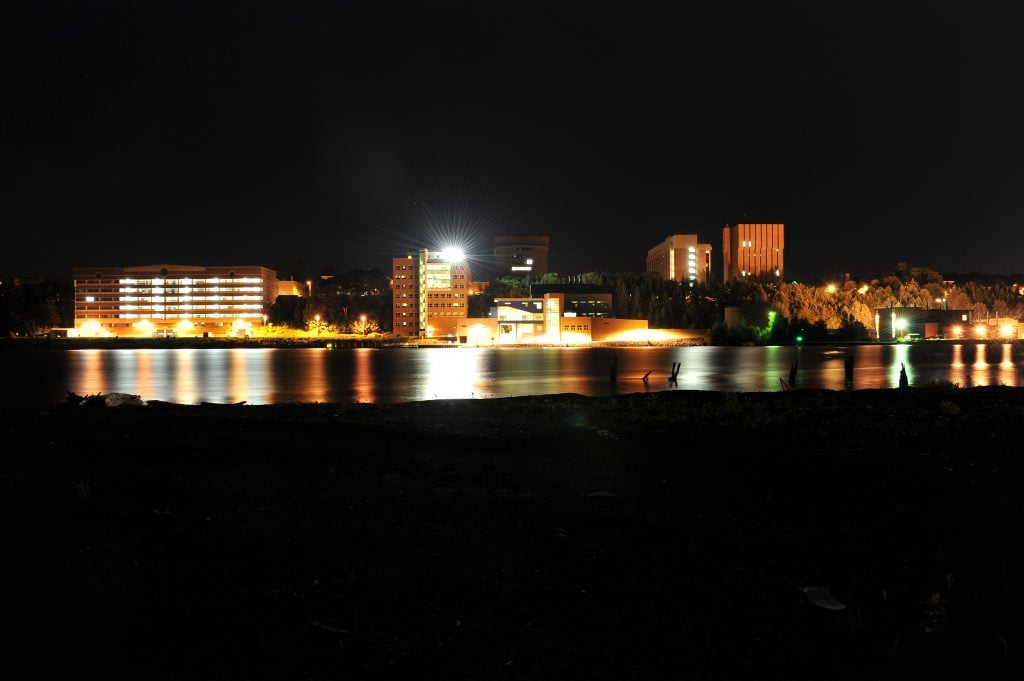

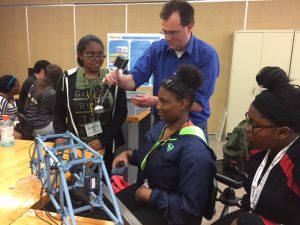 Eighteen high school students from Detroit and across the lower peninsula are spending six days at Michigan Tech from July 22-27, 2019, to explore Natural Resources and Engineering majors and consider attending Michigan Technological University. This is the 5th year that the program has been conducted.
Eighteen high school students from Detroit and across the lower peninsula are spending six days at Michigan Tech from July 22-27, 2019, to explore Natural Resources and Engineering majors and consider attending Michigan Technological University. This is the 5th year that the program has been conducted.





